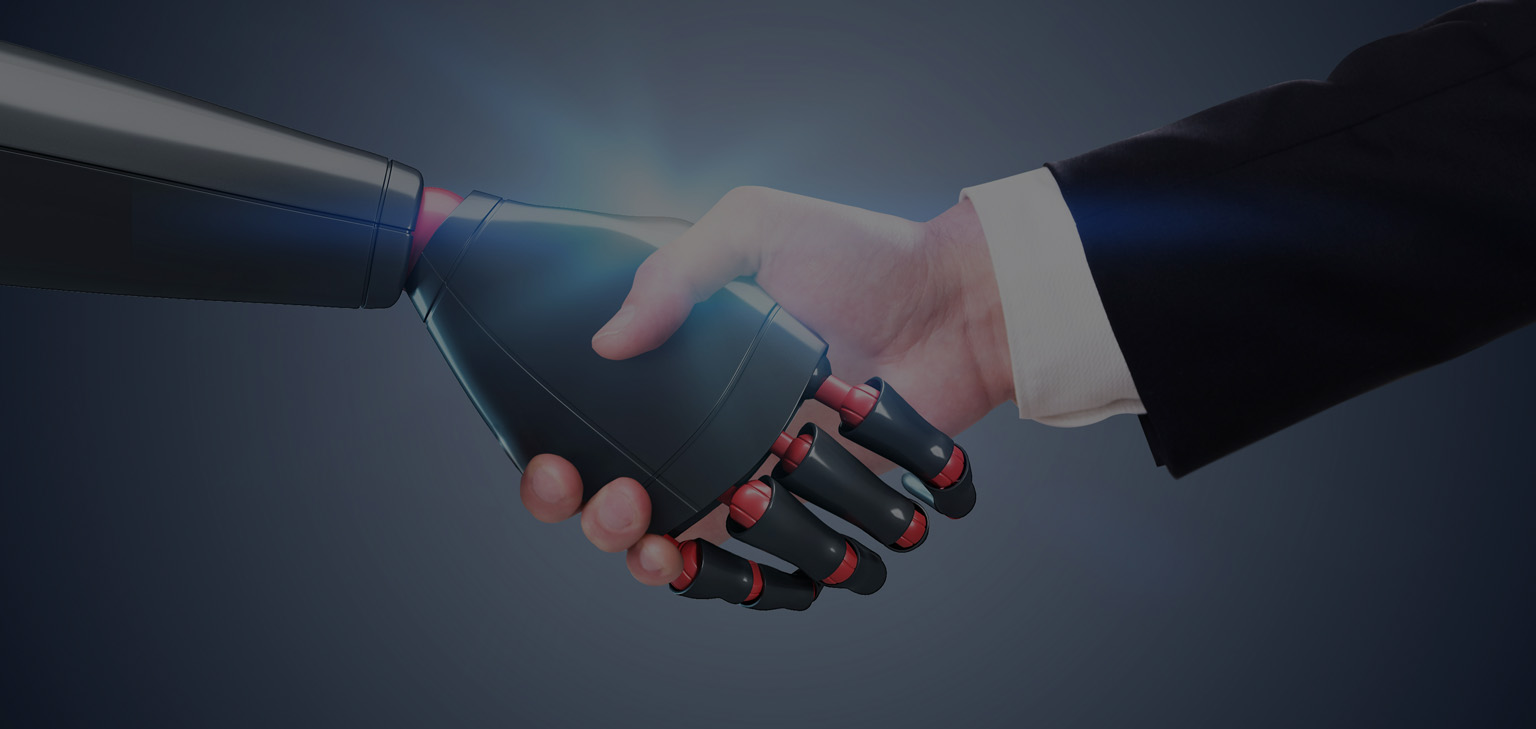Legacy and modern IT systems integration remains the greatest hurdle in enterprise digital transformation, yet it’s also the key to unlocking unprecedented operational efficiency. While organizations invest heavily in cloud-native solutions, their mission-critical operations often depend on established systems built over decades. This comprehensive guide reveals proven strategies for bridging this technological divide, showing how organizations can achieve seamless integration while preserving operational stability and strengthening security.
Understanding the Integration Landscape
The Legacy System Challenge
Legacy systems power the core operations that keep enterprises running, with decades of evolution behind their complex business rules and processes. These systems typically run on older technologies such as COBOL, Fortran, or early versions of Java and may operate on mainframe computers or outdated hardware architectures. Their continued operation is essential due to their deep integration with core business processes and the vast amounts of historical data they maintain.
The Modern System Perspective
Modern IT systems are built on cloud-native architectures, utilizing microservices, containers, and DevOps practices. They offer advantages such as scalability, agility, and improved user experience. However, they must coexist and communicate effectively with legacy systems that cannot be immediately replaced due to cost, risk, or business constraints.
WordPress as a Strategic Integration Platform
WordPress has become a powerful enterprise content management system and integration hub. Its extensive REST API capabilities, flexibility, and wide adoption make it an ideal candidate for bridging legacy and modern systems. Organizations can leverage WordPress’s mature ecosystem to create a cost-effective and maintainable integration layer that supports both traditional and cutting-edge technologies.
WordPress Integration Advantages
WordPress offers several key benefits as an integration platform:
- REST API Infrastructure: The WordPress REST API provides a modern, standardized interface that can wrap legacy system functionalities while offering modern access patterns.
- Authentication Framework: WordPress’s authentication system can be extended to work with both legacy authentication methods and modern OAuth implementations.
- Database Abstraction: WordPress’s database layer can serve as an intermediate storage solution, helping normalize data between legacy and modern systems.
- Plugin Architecture: The robust plugin system allows for custom integration adapters without modifying core functionality.
WordPress Integration Patterns
Modern WordPress implementations can serve multiple integration roles:
- As a Facade Layer: WordPress can act as a modern interface for legacy systems, providing REST API endpoints that internally communicate with older systems.
- As a Data Hub: WordPress is used as a central data repository that synchronizes information between legacy and modern systems.
- As a Service Gateway: Leveraging WordPress’s hooks system to create event-driven integration patterns that coordinate between different system components.
Core Integration Challenges
Technical Incompatibility
The fundamental differences between legacy and modern systems create significant technical barriers:
- Data Format Disparities: Legacy systems often use proprietary or outdated data formats, while modern systems typically use JSON, XML, or other standardized formats. This necessitates complex data transformation processes.
- Communication Protocol Differences: Legacy systems may use older protocols like SOAP or even custom protocols, while modern systems typically use REST or GraphQL.
- Character Encoding Issues: Legacy systems might use EBCDIC or other older character encodings, requiring careful handling during data exchange.
Performance Considerations
Integration solutions must address several performance-related challenges:
- Synchronous vs. Asynchronous Operations: Legacy systems often expect synchronous responses, while modern architectures favour asynchronous communication.
- Transaction Management: Maintaining ACID properties across disparate systems requires careful orchestration and error handling.
- Load Balancing: Integration solutions must manage varying processing capabilities between old and new systems.
Industry-Specific Applications and Expected Outcomes
Education Sector Transformation
Educational institutions can benefit from integrating legacy student information systems with modern learning management systems.
- Custom data synchronization between student records and modern LMS
- API-based integration with online learning platforms
- Automated grade processing and transcript generation
- Integration with modern assessment and analytics tools
Potential Outcomes:
- Seamless data flow between administrative and learning systems
- Reduction in administrative workload
- Enhanced student engagement through modern interfaces
- Improved tracking of student progress and outcomes
- Better decision-making through integrated analytics
- Cost-effective technological advancement
Public Sector Modernization
Government agencies can benefit from integrating legacy record-keeping systems with modern citizen service platforms.
- Custom workflows for document processing
- Integration with modern digital identity systems
- Automated compliance and audit trailing
Potential Outcomes:
- Improved citizen satisfaction through faster service
- Enhanced security and compliance
- Significant cost savings in operational expenses
- Better data accuracy and accessibility
- Reduced manual processing errors
Non-Profit Sector Integration
Non-profit organizations often operate with limited resources while managing complex donor relationships, volunteer coordination, and program delivery systems. Strategic integration can help these organizations maximize their social impact while maintaining cost efficiency.
- Custom plugins for synchronizing legacy donor databases with modern CRM systems
- Integration between older accounting systems and modern fundraising platforms
- Automated impact reporting and grant management workflows
- Mobile-friendly volunteer coordination interfaces that connect with legacy scheduling systems
Technical Implementation Strategies
1. Data Transformation Framework
Establish a robust data transformation framework that:
- Uses canonical data models to standardize information exchange
- Implements bidirectional mapping between legacy and modern data formats
- Includes validation and error-handling mechanisms
- Maintains data integrity during transformation
2. Security Integration
Security integration requires careful consideration of:
- Authentication mapping between legacy and modern security models
- Authorization synchronization across systems
- Encryption standards compatibility
- Audit trail maintenance
WordPress-Specific Implementation Considerations
WordPress Integration Architecture
When implementing WordPress as an integration platform, consider the following architectural approaches:
- Headless WordPress: Using WordPress as a headless CMS allows legacy systems to interact with a familiar admin interface while modern front-end systems consume data through the REST API.
- Custom Endpoints: Creating custom REST API endpoints in WordPress that can translate between legacy system protocols and modern API conventions.
- Database Integration: Utilizing WordPress’s custom tables and core tables to maintain specialized data structures supporting legacy system requirements.
WordPress Security Considerations
Security in a WordPress integration layer requires attention to the following:
- API Authentication: Implementing proper authentication methods for both legacy and modern system access.
- Data Validation: Ensuring data integrity through WordPress’s built-in sanitization functions and custom validation rules.
- Role-Based Access: Utilizing WordPress’s role management system to control access to different integration endpoints.
Take Control of Your Integration Journey
The seamless integration of legacy and modern IT systems is a critical milestone in digital transformation. While the challenges are complex, success is achievable through careful planning, robust architecture, and expert guidance. Trew Knowledge specializes in navigating these integration challenges, bringing deep expertise in legacy systems and cutting-edge technologies to help organizations achieve their digital transformation goals while maintaining operational stability.
Take the next step in your integration journey – contact us today for a comprehensive assessment of your needs and a customized integration roadmap.


